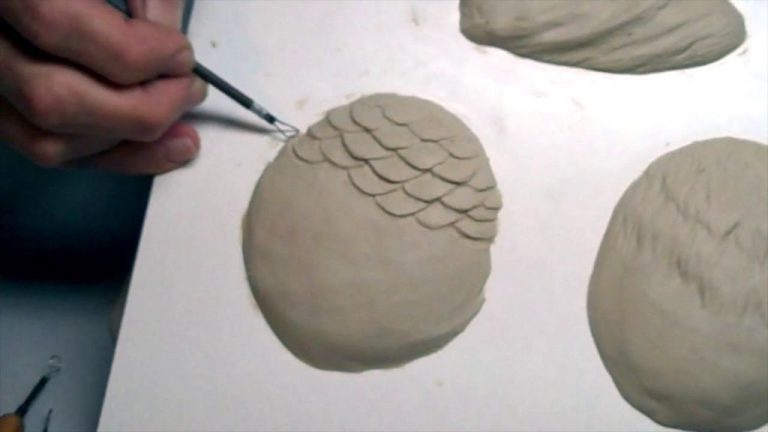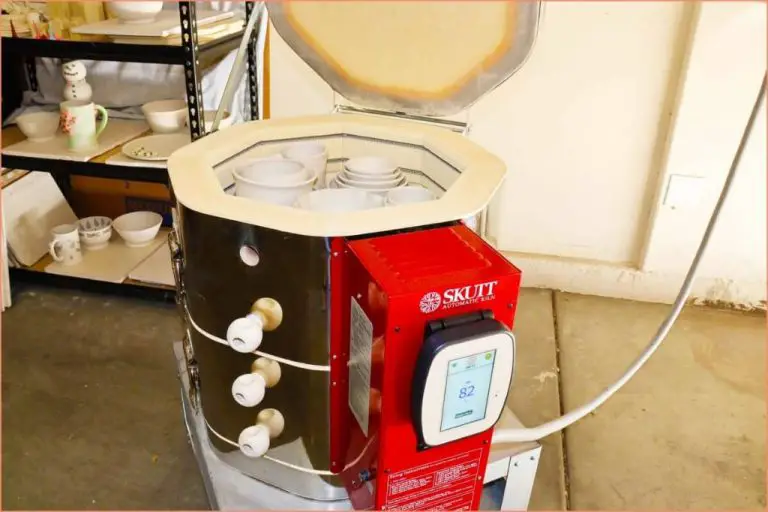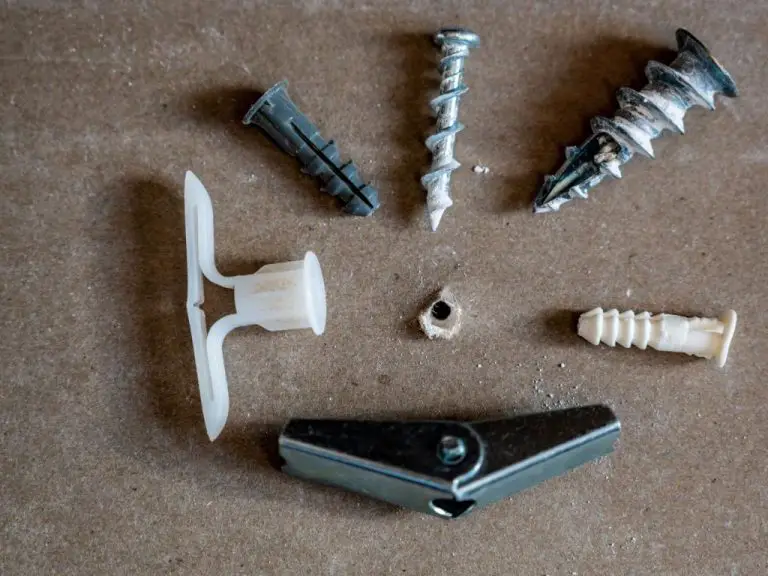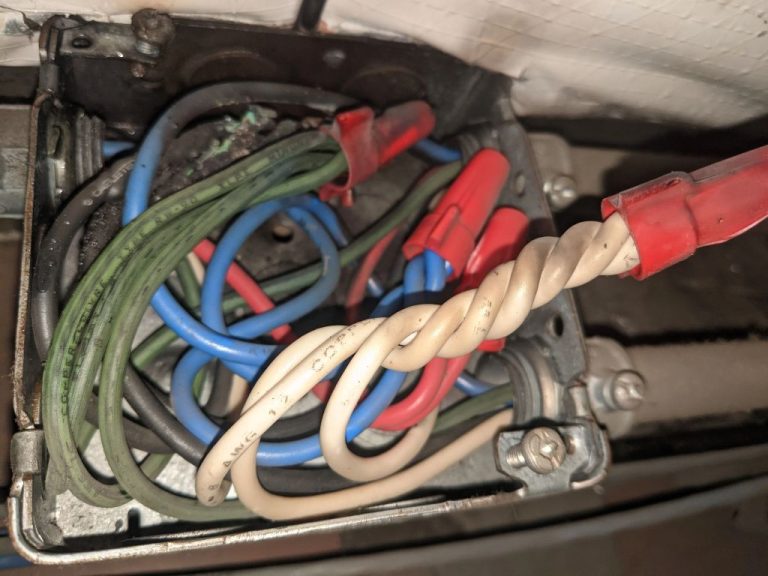How Do You Make Clay From Scratch?
Clay is a versatile material composed of fine-grained minerals that has been used by humans for thousands of years. The earliest recorded use of clay dates back over 30,000 years ago, when prehistoric humans discovered that clay could be dug up and formed into objects by first mixing it with water and then shaping it with their hands. Over time, as civilizations developed, so did more advanced techniques for making and working with clay to create pottery, bricks, figurines, and many other objects.
The clay-making process starts with procuring the basic raw materials. Clay deposits can be found in many regions, consisting of weathered rock containing silica and alumina minerals. Once the raw clay is extracted, a series of steps are required to process it into a workable material that can be hand-shaped or used in molds. First the clay is broken up and sieved to remove debris and large particles. It is then mixed with water to create an even, plastic consistency. At this stage additives such as grog or sand may be incorporated to improve the clay body for the intended working method. Before use, the clay mixture is wedged or kneaded to achieve uniform consistency and remove air bubbles. The proportion of water to clay can be adjusted to make the material more or less pliable as desired.
Gathering Clay Materials
The primary material for making your own clay is, not surprisingly, clay deposits. Clay deposits are composed of fine-grained particles, typically silicate minerals like kaolinite, that have weathered and eroded from the earth’s surface over time. The best deposits for gathering clay are often found near bodies of water, where flowing water has worn away rock and transported clay particles which then settle and accumulate in the stiller water.
There are many varieties of natural clay you can dig up, each with their own properties. Some common types used in pottery include:
- Earthenware clays – Like red clay or terracotta. Lower firing temperature needed.
- Stoneware clays – Denser and less porous. Higher firing temperature.
- Ball clay – More plastic and sticky. Good for throwing.
- Fire clay – More refractory and resistant to heat.
In addition to clay, you can add other materials as “tempers” to improve the characteristics of the raw clay. For example:
- Sand makes clay more porous and easier to sculpt.
- Grog is crushed terracotta or fired clay added to prevent shrinking and cracking.
- Organic matter like straw improves plasticity.
The key is finding the right balance of clays and additives for your needs. Test different combinations to achieve desired properties like workability, firing color, strength, etc.
Processing Raw Clay
After gathering clay materials, the next step is processing the raw clay. This involves digging or mining clay deposits, then crushing and grinding the clay into smaller pieces. Here are the main steps for processing raw clay:
Digging and mining clay: Clay deposits can often be accessed through open pit mines or quarries. The clay may need to be dug out and transported. For some specialty clays, underground mining may be required. The clay is extracted in chunks or blocks.
Crushing and grinding clay: The raw clay chunks or blocks are further broken down and ground into smaller particles. This is done using various crushers and grinding mills. The grinding process reduces the clay to a fine powder.
Screening and blending clay: After grinding, the clay powder goes through a screening process. This separates out larger particles and impurities. The clay may also be blended at this stage to achieve the desired composition by mixing clays of different minerals or properties.
Wedging the Clay
Once you have prepared your clay body, the next step is to wedge the clay. Wedging is the process of kneading and folding the clay to remove any air bubbles. It’s an important step to help ensure your finished ceramic piece will be strong and free of cracks or defects.
Start by cutting off a workable sized chunk of clay, around 1-3 lbs. Drop the lump of clay forcefully onto your wedging table or canvas. Using the palms of your hands, push down on the clay and smear it away from you along the surface. Then fold the clay over itself and repeat the process. The goal is to stretch, compress, and flip the clay repeatedly.
As you knead and fold the clay, you will notice air bubbles being pushed out. Try to expel as much air as possible. Air pockets left in the clay can expand during firing and lead to cracks or even explosions. Wedging thoroughly will help produce smooth, cohesive clay that is ready for throwing, handbuilding, or molding.
In addition to removing air, wedging also ensures even moisture distribution throughout the clay. It also aligns the clay particles for greater plasticity and strength. Well wedged clay will be smooth, pliable, and have a uniform consistency with no dry or sticky areas.
Take your time when wedging, spending 5-10 minutes per lump to ensure proper conditioning. Avoid overworking the clay as too much wedging can deteriorate the clay structure. Work methodically and pay attention so you catch all air pockets. With practice, you’ll get proficient at wedging and be able to prepare your clay quickly and efficiently.
Adjusting Clay Composition
After you have wedged your clay to remove air bubbles, you will want to test its plasticity and workability. Plasticity refers to how well the clay can be molded without cracking or crumbling. Workability indicates how easy it is to form the clay into desired shapes.
To test plasticity, roll a piece of clay into a coil. It should be able to bend without cracking. For workability, try pressing a slab of clay with your fingers or rolling a ball. The clay should be smooth and easy to manipulate without sticking too much.
If your clay is too stiff and not plastic or workable enough, you can add small amounts of water and knead it in. Let the clay rest for 30 minutes and then test again. Repeat until you achieve the desired consistency.
If your clay is too wet and sticky, you can add dry materials to absorb moisture. Sand, grog (ground fired clay), and organic material like sawdust are common additives. Start by mixing in a tablespoon at a time, then wedge and test the clay again. The goal is a smooth clay that’s plastic but not sticky.
Be careful not to over-mix additives or you may compromise the structural integrity of the clay body. Find the right balance for the clay’s composition through testing. Record any recipes that produce your desired plasticity, workability, and consistency for future reference.
Clay Storage and Preparation
Proper storage is crucial for maintaining the workability and plasticity of clay. After wedging and adjusting the composition, clay should be tightly wrapped in plastic bags or stored in airtight containers to prevent air exposure and drying out. Store clay in a cool, dark place to slow the drying process.
If clay does become stiff, dry, or brittle, it can be reconditioned by mixing in some water. Start by cutting or breaking the clay into small chunks, then mist pieces lightly with water while kneading it into the clay. Work in the water gradually until the clay regains a smooth, flexible consistency. Avoid over-wetting the clay, as excess moisture can alter the composition.
When working on a project, only cut off the amount of clay you need for each session. Cut clay using wire tools for straight edges or a flexible fettling knife for curves and shapes. Smooth cut edges by compressing them or gently rubbing with your fingertips. Store any unused portions by tightly wrapping in plastic.
Making Clay Slurry
Making a clay slurry is an important step in preparing clay for use in pottery and sculpture. A clay slurry is a smooth, thin mixture of clay and water used for several purposes.
To make clay slurry, start by measuring out dry clay powder. The type of clay used will impact the ratio of clay to water. For example, porcelain requires equal parts clay and water, while stoneware works well with a 2:1 ratio of clay to water. Add the dry clay to a large container or bucket.
Next, slowly mix in water, bit by bit, while stirring constantly. Use a whisk or heavy spoon to stir and incorporate the water thoroughly. The mixture should be smooth, with no dry lumps of clay remaining. Adjust the thickness by adding more water or clay as needed. A good slurry consistency is like heavy cream.
There are several uses for clay slurry in pottery and sculpture work:
- It can be brushed onto leatherhard greenware as decoration or to fill cracks and holes.
- Slurry makes an excellent “slip” for joining two pieces of clay.
- Applying several layers of slurry can create an impermeable surface for moisture-sensitive clays.
- Casting slurry into molds allows creating complex forms.
By learning how to mix clay and water into the ideal slurry, clay artists open up exciting new options for their work.
Shaping and Molding
Once your clay is properly wedged and conditioned, it’s time to shape it into your desired form. There are several techniques for handbuilding with clay:
Handbuilding Techniques
Coil technique: This involves rolling out “snakes” of clay into coils and stacking or attaching them together to build up a form. Coils can be smoothed together or left showing as a decorative texture.
Slab technique: Roll out flat sheets or “slabs” of clay that can be cut into shapes and assembled into forms. Attach slabs using slip or scoring techniques.
Pinch pots: Pinching clay between the fingers and thumbs to manipulate it into simple forms like bowls and cups.
Using the Pottery Wheel
The pottery wheel allows for symmetry and uniformity when shaping clay. Center the clay on the wheel and open it up into a cylinder by pushing thumbs into the center. Then pull up the walls evenly while maintaining an opening. Practice using wheel tools to refine shapes, trim excess clay, and add decoration.
Bisque Firing
Before applying any glazes or colorants, clay must be fired in a bisque firing to harden it. Bisque firing converts the clay from its soft, wet state into a permanent solid form. Typical bisque firing temperatures are around cone 04-06 (1945-2165°F). After bisque firing, pieces can be handled without deforming.
Applying Surface Treatments
Once the clay has been molded into the desired shape, you can enhance the look and feel of the final piece by applying various surface treatments. Here are some of the most common techniques:
Glazes and Slips
Glazes and slips are liquid mixtures made from clays, minerals, and other ingredients that are applied to the surface of dried clay pieces before firing. Glazes melt and form a smooth, glassy coating during firing, while slips maintain a matte look. Both add color, texture, and visual interest to finished ceramic pieces.
Burnishing and Scoring
Burnishing is a technique where you rub a smooth tool across clay’s surface to compact it and create a shiny, polished effect. Scoring involves scratching line patterns into the clay’s surface before joining two pieces together, which helps fuse them during firing.
Adding Colorants and Textures
Clays and surface coatings can be mixed with colorants like metal oxides and stains to add vibrant hues. Textured looks can be achieved by impressing objects into the clay’s surface, using textured rollers, or layering various slip colors and textures.
With the wide range of surface treatments available, you can give your homemade clay creations any decorative finish you desire before firing.
Firing and Finishing
Properly firing clay is essential for creating a strong, finished piece. Clay undergoes a chemical change during the firing process that permanently hardens it. There are several factors to consider when firing clay:
Kiln Types and Firing Temperatures
Clay can be fired in three main types of kilns: electric, gas, and wood-fired. Electric kilns allow for the most precision in controlling temperatures. Gas kilns can reach higher temperatures faster than electric. Wood-fired kilns produce effects from the ash and smoke that give unique finishes but less control over the final result.
Firing temperature ranges for clay:
– Low-fire – Up to 2,100°F
– Mid-range – 2,100°F to 2,300°F
– High-fire – 2,300°F+
Higher temperatures make clay more durable. The type of clay determines the ideal firing range to avoid cracking or bloating.
Post-Firing Polishing and Sealing
After firing, pieces can be sanded or polished to smooth the surface. A clear glaze or sealant can then be applied to protect the finish. Be sure to use sealants rated for the firing temperature of the clay.
Troubleshooting Firing Issues
Common firing problems and solutions:
– Underfired clay – Refire at a higher temperature
– Cracks/breakage – Let clay dry fully before firing, raise temperature slowly
– Bloating – Use a lower temperature or different clay type
– Discoloration – Clean kiln, don’t exceed max temperature of clay
– Unevenly fired – Reposition pieces for more even heat exposure
Test-firing new clay types is recommended to ensure proper firing.




